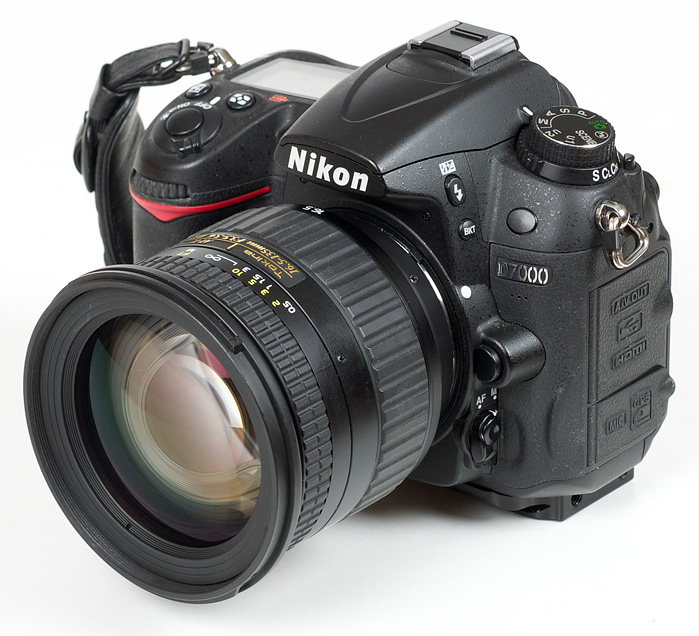|
Page 1 of 3

Review by Markus Stamm, published August 2011
Introduction
The AT-X 16.5-135mm f/3.5-5.6 DX appeared first on Tokina's lens roadmap early in 2006 (as 17-135mm). Initially scheduled to be released in the fall of the same year, it took Tokina until 2009 to finally bring the lens to market. To some markets, to be precise, there are countries (UK for example) where lens was introduced as late as May 2011.
Many things have changed during that time. Standard zoom lenses nowadays are widely expected to feature ultrasonic motors (or at least an integrated DC motor) as well as optical stabilization. The Tokina lacks both. Nonetheless, there is one thing about that lens that's unique: its focal range. No other DX lens currently available combines such a short focal length at the wide end with such a large zoom range.
In this review we will have a look at how the lens performs on our current DX test camera, the Nikon D7000.

The lens carries the "AT-X", but not the "Pro" label. That's probably the reason why the build quality is a bit lower than what we've seen from all other Tokina lenses in the recent years. The lens tube ist made from plastic and has a smooth (and not the typical crinkle) finish. It's based on a metal mount.
Both the zoom and the focus ring work in "Canon" style, which is the exact opposite of how these rings work on Nikkor lenses. If you're used to the Nikon way of zooming, the Tokina lens may be a challenge for your muscle memory. The focus ring rotates during AF operation.
There is no AF/MF switch on the lens, switching to MF needs to be done on the camera. Once set, the AF ring rotates easily with very little resistance, but feels a bit scratchy. The focus ring feels somewhat stiff in comparison and at least on our test unit the stiffness was unevenly distributed across the zoom range.

As you can see in the product shots the lens extends considerably towards the longer end of the focal range. It uses a duo cam design (two extending inner tubes), fully extended there's some minor wobbling. Thanks to internal focusing (IF) the front lens does not rotate while focusing, so using a polarizer is no problem.
The lens relies on a slotted screw to drive the AF. Consequently, it can only be focused manually on Nikon's entry-level DSLRs that do not feature a corresponding motor anymore. Unfortunately it is quite a challenge to focus this lens manually due to the very short focus path. However, the typical target audience for this lens will most likely not care about manual focus anyway.
The short focus path has an advantage, too: AF action is quite fast.
The minimum focus distance is 0.5m across the whole zoom range. That's very convenient for the long end, even though the max. magnification ratio suffers from focus breathing. At the wide end of the focal range however, it's an annoying limitation in the field that often inhibits the dramatic perspective that is generally possible with such a wide field of view combined with a rather close subject.
The Tokina is a G-type lens and does not provide a dedicated aperture ring anymore.
| Specifications |
|---|
| Equiv. focal length | 25-202.5 mm (full format equivalent) |
| Equiv. aperture | f/5.3-f/8.4 (full format equivalent, in terms of depth-of-field) |
| Optical construction | 15 elements in 9 groups incl. 3 aspherical and 2 SD elements |
| Number of aperture blades | 9 (rounded) |
| min. focus distance | 0.5 m (max. magnification ratio 1:5.43) |
| Dimensions | 84 x 78 mm |
| Weight | 610 g |
| Filter size | 77 mm (non-rotating) |
| Hood | Tokina BH-777, petal shaped, bayonet mount (supplied) |
| Other features | Lens provides distance (D) information to the camera. |
|